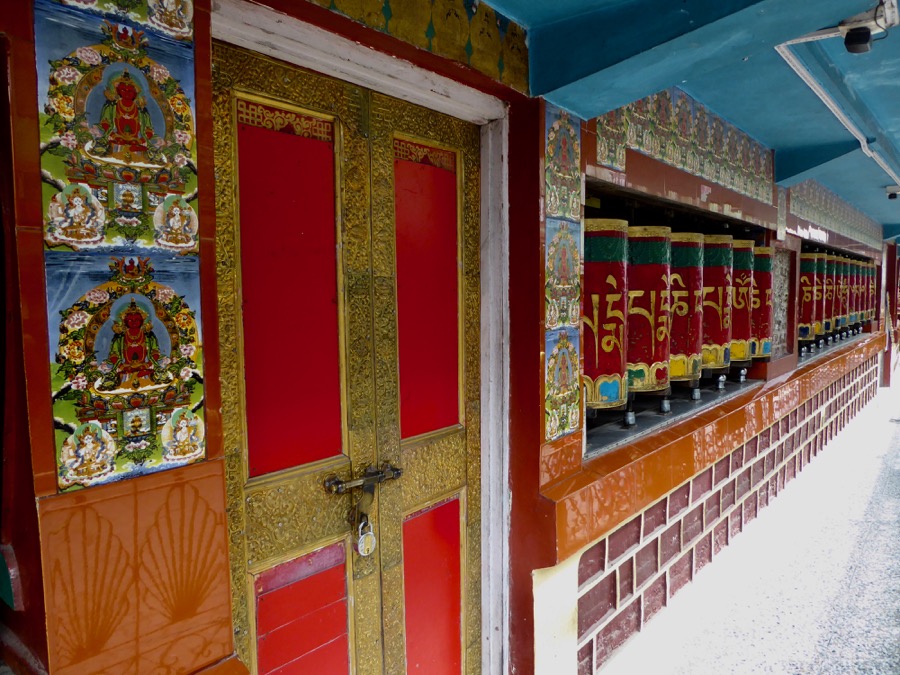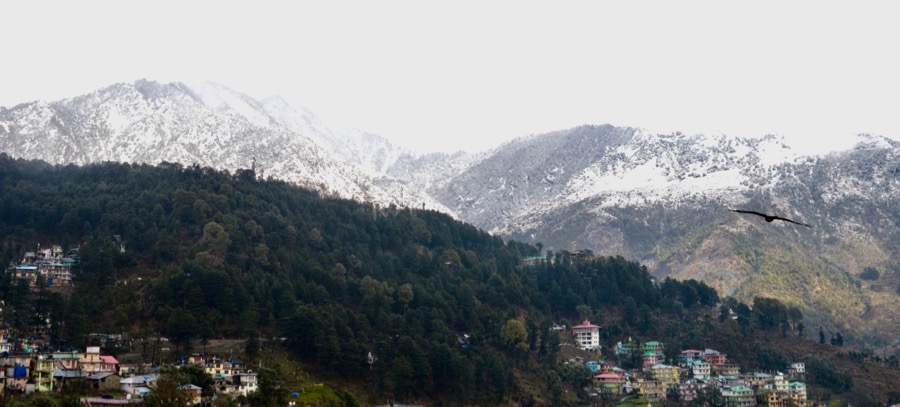In the middle of India’s chaotic spring festival called “Holi,” I was unexpectedly kicked out of my hotel in Rishikesh with nowhere to go. Hotels were fully booked, flights double priced, and options are sparse. I decided to put myself on an overnight bus to Dharamsala, which turned out pretty miserable with no heat and apparently no shocks.
Worse for wear, I arrived in Dharamsala elated to be in one piece. It’d just snowed the night before and it was cold, really cold. The first thing I needed was a wool shawl. After getting settled into a hotel and doing some cold weather shopping, I went looking for a few friends I knew in town and enjoyed a hot bowl of Tibetan Thukpa soup.
The next morning I made my way down the mountain for public teachings with the Dalai Lama at the main Temple.
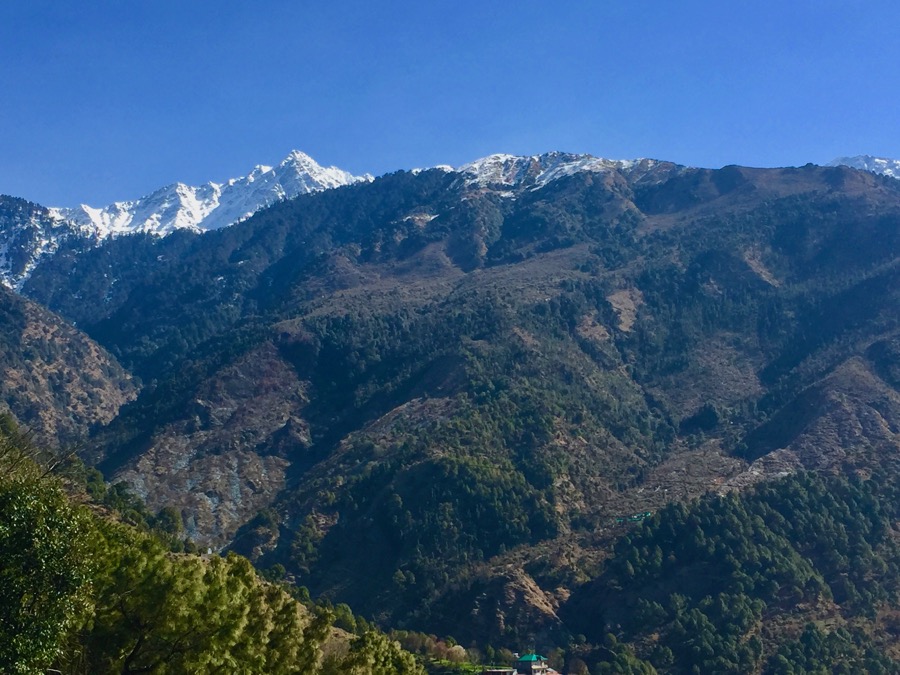
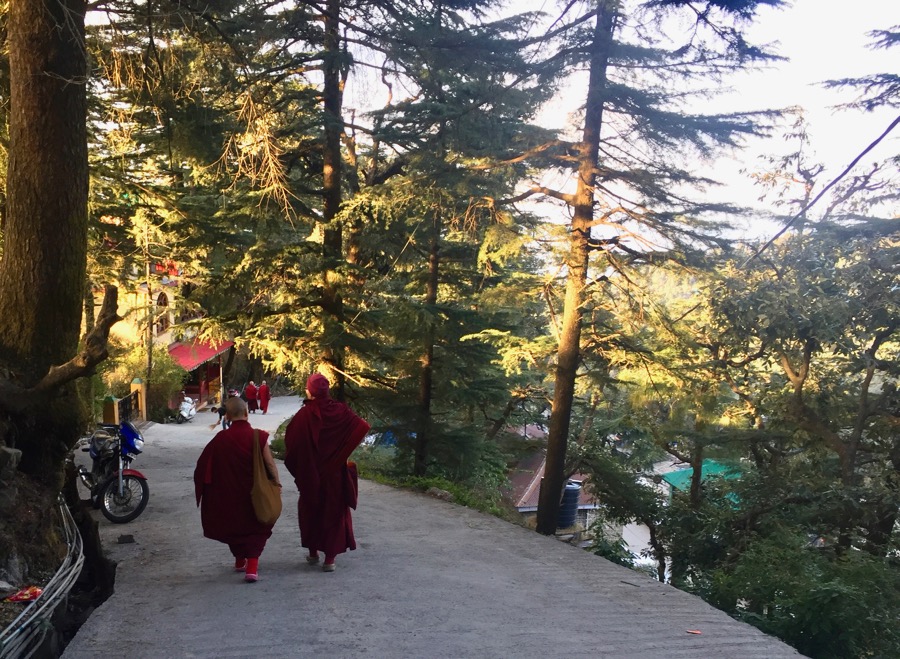
It seemed the entire Tibetan population showed up and there was quite a bit of security entering the temple grounds (I was happy to see they were protecting the man). As the Dalai Lama entered the temple, I stood right in front as he walked by.
After he was seated I couldn’t see him except by an overhead screen. For those who don’t speak Tibetan, a small radio could be purchased to hear translators in various languages. A girlfriend had purchased one and shared an earbud with me.
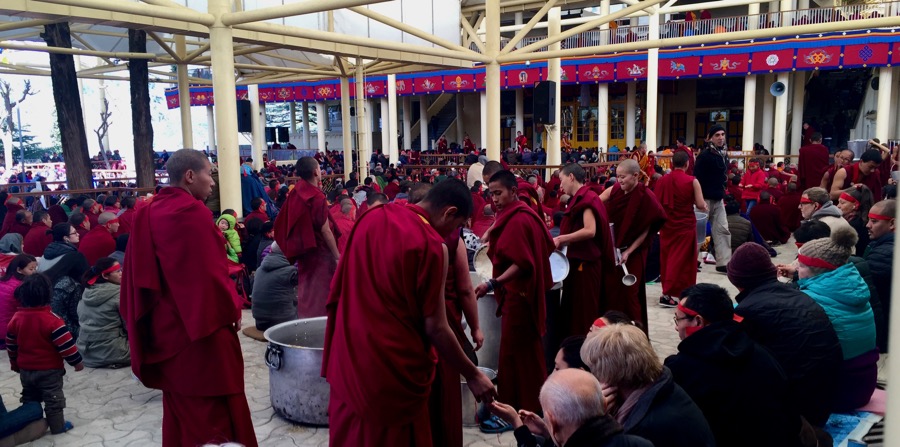
The teachings were somewhat advanced and I wondered how many ‘lay’ (non-ordained) Tibetans have time to study Buddhism to this depth. Many were listening intently, others began to chit-chat on the fringe as the morning progressed.
I’m no expert, but in my experience, Buddhism is not a religion. It’s a science of mind, a method of awakening to ultimate reality, and a directive for living a useful, meaningful life. I was first exposed to Buddhism from books in my parent’s house. In my early 20s, I saw a flyer announcing discourse with a Tibetan Lama in my hometown, and I started learning about Tibetan Buddhism from Lama Dudjom Dorjee. He left a great impression on me because the teachings made so much sense. Even to this day, I can remember some of what he spoke of in that first meeting.
I continued learning from Lama Dorjee (Karma Kagyu lineage) for about a year. Then I traveled to Thailand and began to learn about Theravada Buddhism while living in a monastery. I appreciated the simplicity of Theravada Buddhism. To me, it seemed comparatively free of the complex cultural rituals and traditions prevalent in the Tibetan Mahayana system, and I’ve always had an appreciation for simplicity.
However, Theravada Buddhism is known as a monastic tradition (for ordained monks and nuns), whereas Mahayana is known for its evolution of the teachings, making them available for the “house-holding” (non-ordained) general public.
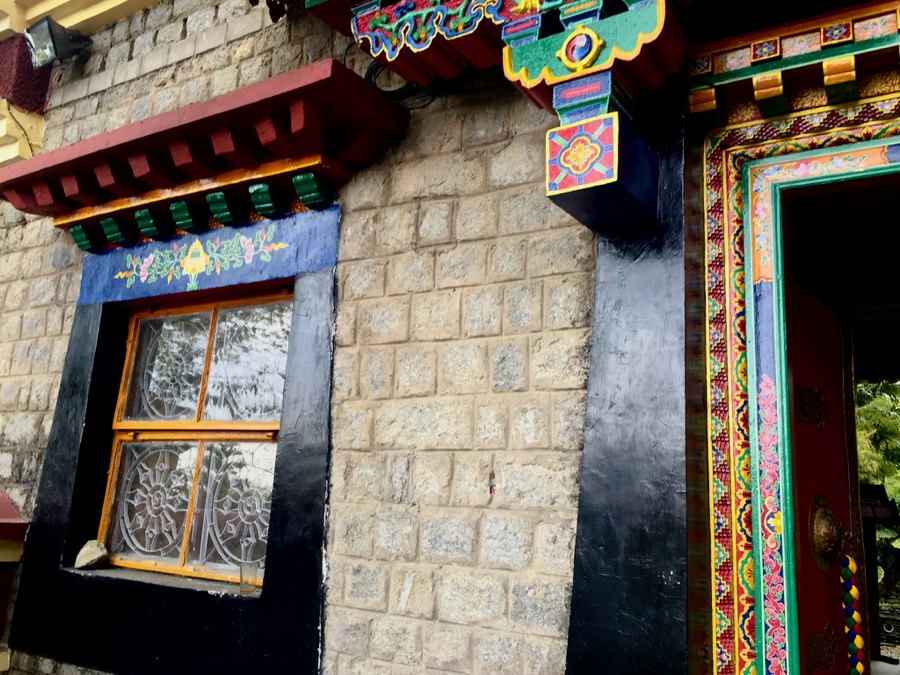
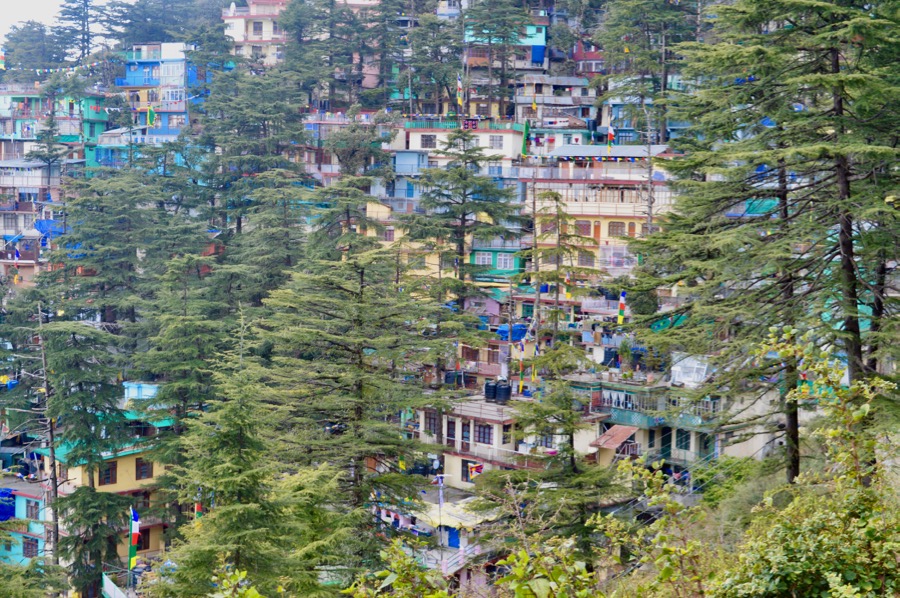
After the discourse, we wandered through the Tibetan Museum. I’ve kept myself somewhat informed of the Tibetan situation living in exile from their own country. I have no worthy words to describe the atrocities these peaceful people have endured at the hands of the Chinese. It’s beyond criminal, evil. An informative four-part series can be watched HERE
I was surprised to find that most young travelers knew nothing about Tibetan history, and they didn’t seem very interested in learning.
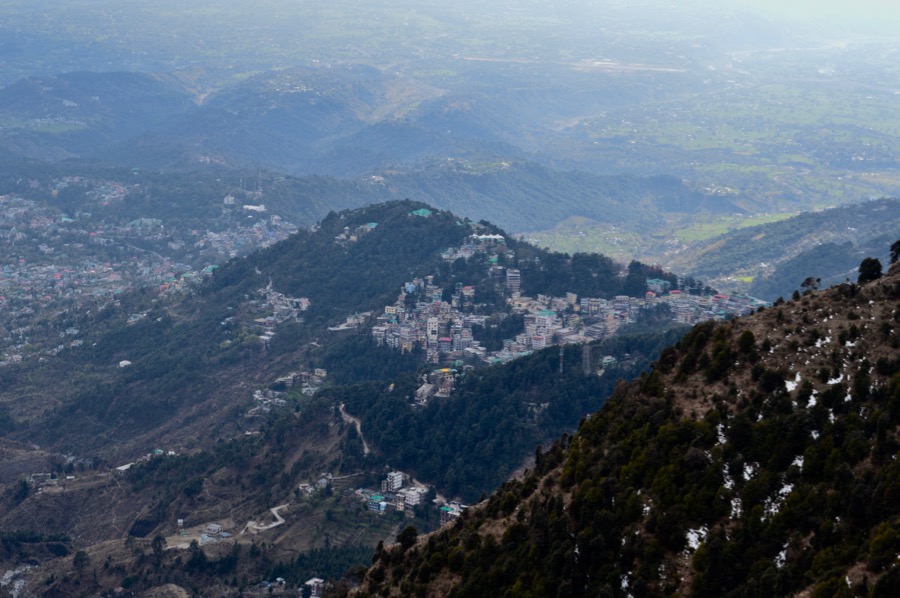
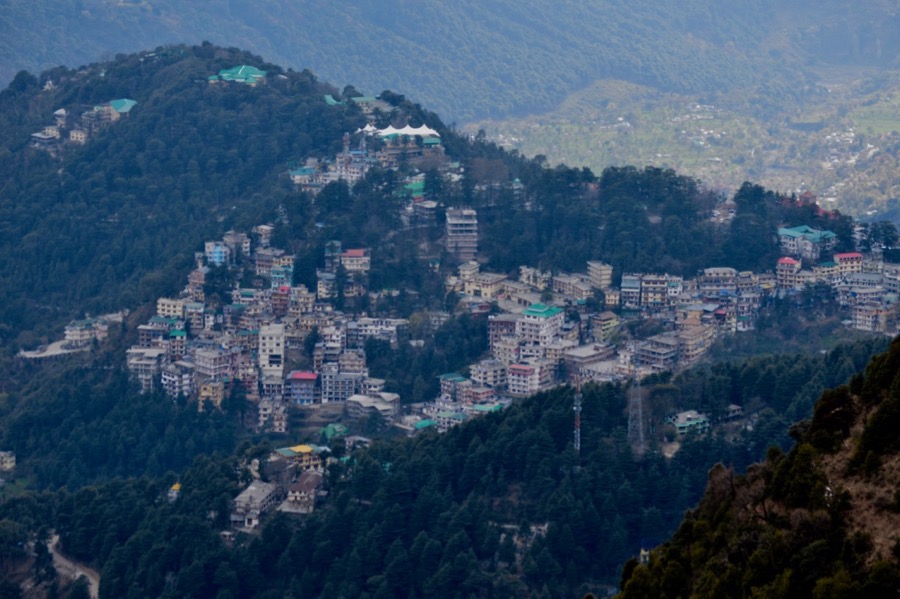
McLeod Ganj is a beautiful Tibetan settlement just up the mountain from Dharamsala. When foreigners say they’re visiting Dharamsala, they’re often referring to McLeod Ganj. As a foreign traveler, Dharamsala itself doesn’t have much to offer a foreign traveler.
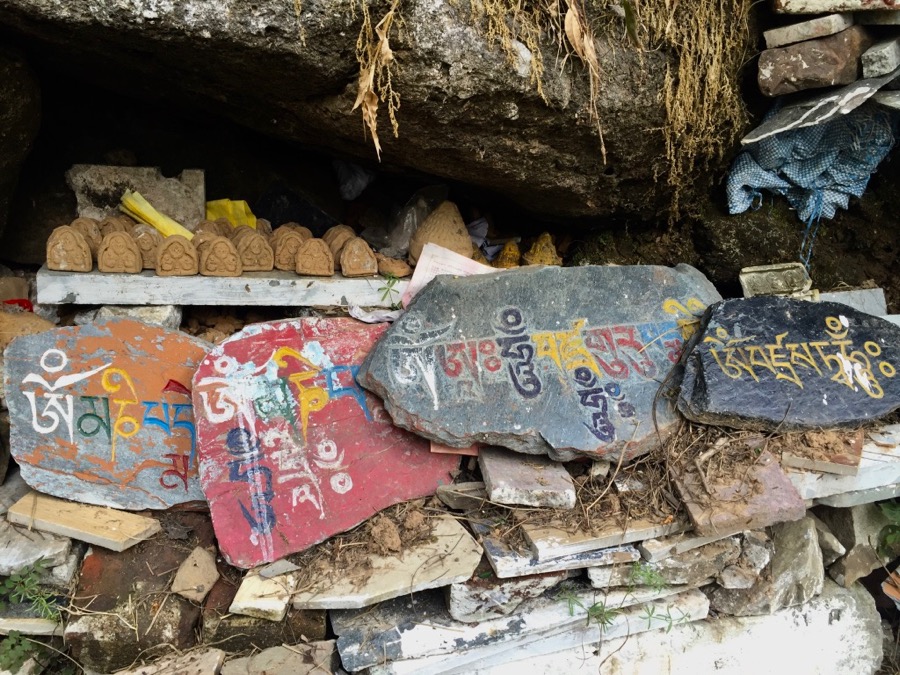
I’ve been in McLeod Ganj for a couple of weeks now. The first number of days I oriented myself and did a lot of hiking with a friend I met in Rishikesh.
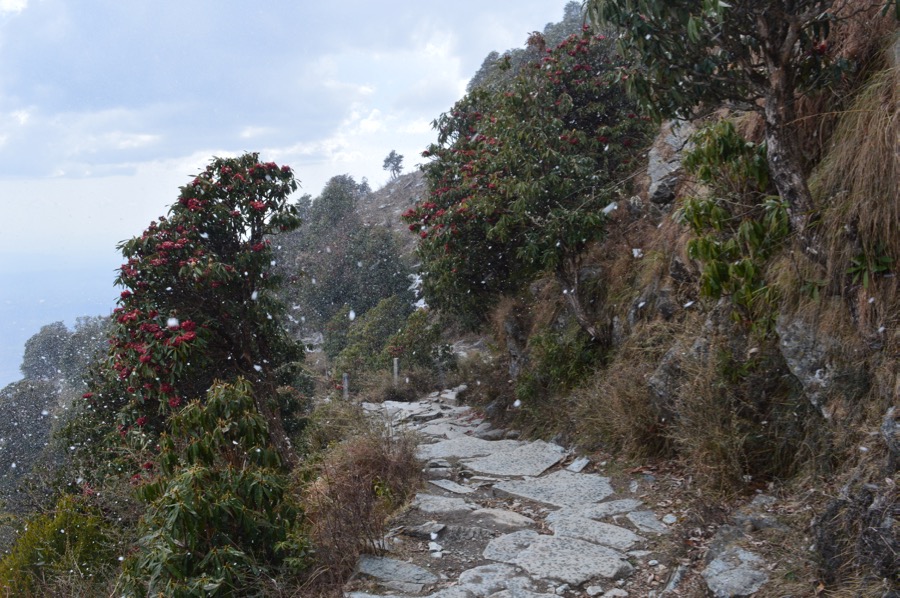
The unique confluence of diverse cultures here is fascinating. Sitting next to a group of Tibetan monks sipping chai tea is a novel experience for me.
Strolling up Temple Road in McLeod Ganj
After about a week of orienting to the area, I was ready for a focus. I considered doing a meditation retreat but with snow on the ground and unheated buildings, I knew I’d just be meditating on how cold I am. Instead, I booked a 5-day yoga training thinking it would warm me up.
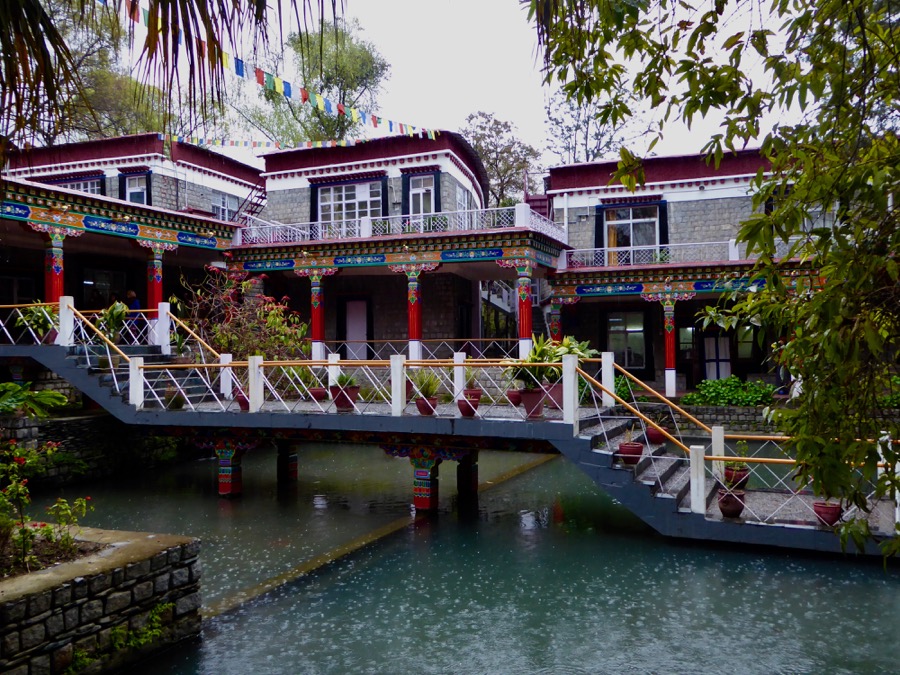
There weren’t a lot of yoga teachers in town as most head south during winter months, so it took a while to find a quality training with teachers in town.
I enrolled in the foundational training at the Himalayan Iyengar Yoga Center, developed by a senior Iyengar Yoga instructor who evolved the practice according to his own observations and realizations. It was meticulous and slow-moving (doing absolutely nothing to keep me warm), but I did learn some subtle adjustments of the feet which shift the foundation of yoga postures in a simple but profound way. Yay for learning!
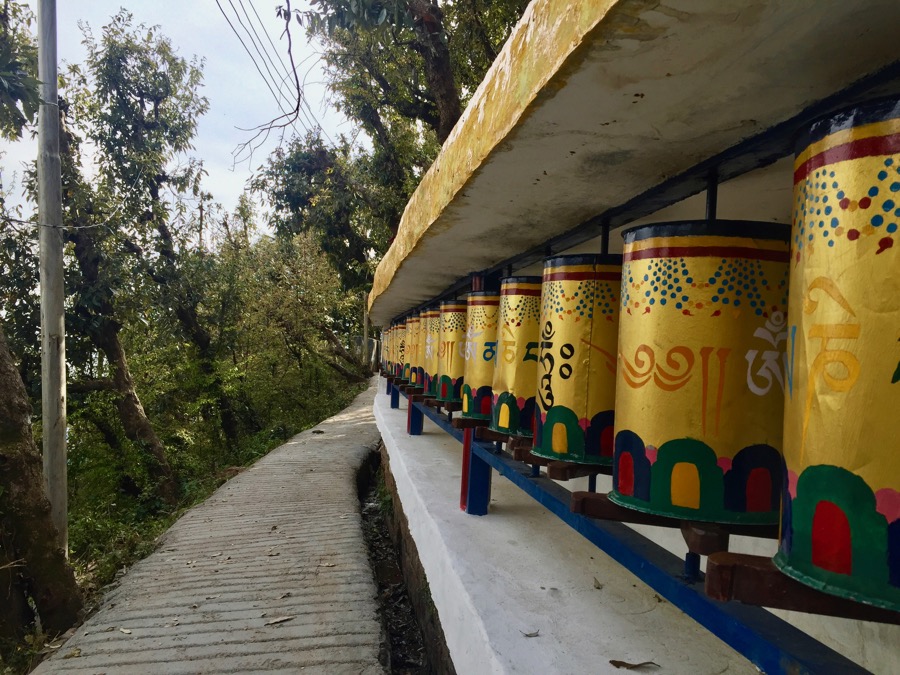
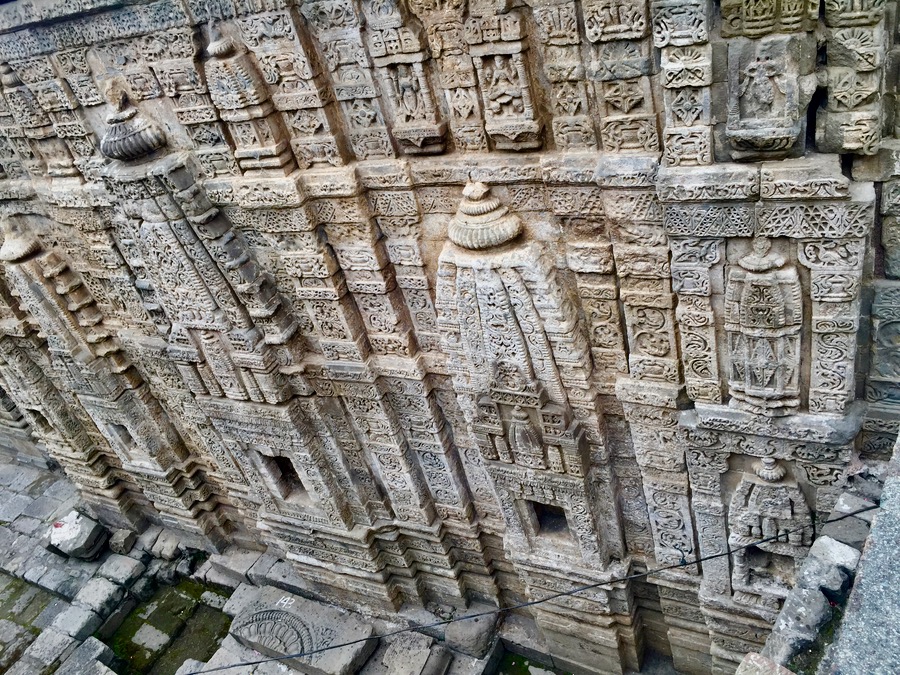
With a bit over a month remaining here in Asia, I need to decide exactly what I want to accomplish with the time I have left. I could tour around India. I could stay in an Ashram for more meditation and yoga. I could head to Sri Lanka to visit elephants, or I can find a tropical beach for some downtime to do my own practice, read, write, swim, etc…
Decisions need to be made and flights need to be booked. I imagine I’ll be spending the next few days sitting at a cafe in McLeod Ganj, with face down in the computer, sipping chai (or espresso) …next to a bunch of Tibetan monks.


